WASHINGTON, D.C.—China intends to make the People’s Liberation Army (PLA) a modern military force. Despite the decline in exports, growing unemployment, and the greatest slowdown in economic growth in two decades, the Communist Chinese leadership budgeted for an increase in its 2009 defense budget. It would appear that nothing, not even the bad economy, will knock China off its course to modernize the military.
But some China experts are not so sure. Two of these—one, an expert in tyrannies, and the other an expert on China’s military—say that the economic difficulties confronting China now will likely cause some disruptions in the continuing modernization of its military, and possibly bring about increased tensions with the West, India or Japan.
Speaking at the Center for National Policy, a DC think-tank on April 7, Jacqueline Newmyer, president and CEO of Long Term Strategy Group, hedged a bit but saw ominous signs ahead for continuation of China’s military program.
“…it’s important to think harder—and more than it appears we are now as a country—about the impact of the downturn in China, because as much as we would like to think [otherwise], …I think our research has shown the impact is likely to make Chinese leaders…believe that it is in the Chinese Communist Party’s interest…to increase defense spending and/or military transfers to other countries and possibly even to undertake, or to us, military force,” warned Dr. Newmyer.
Complimenting her thoughts was Kristen Gunness, adviser to the Department of Navy. She said, “… the ability of the PLA to continue on its path of modernization is not, by any means, assured.” Dr. Gunness said the views expressed were her own and she wasn’t speaking for the Navy.
China’s Military Modernization
Dr. Newmyer, who for five years worked at the Department of Defense Office of Net Assessment on projects related to East Asia, noted that in more than two decades, the only country in the world that has undertaken double digit growth in its defense spending is China. It is evident that Chinese military modernization goes far beyond Taiwan scenarios.
“…it would appear that the economic crisis has not affected the PLA much, if at all,” said Dr. Gunness. China announced a 14.9 percent increase in its defense budget for 2009, bringing the total amount to $70.3 billion, according to official figures. Dr. Gunness distinguished the official from the true military budget, citing the 2009 DOD report that estimates China’s defense budget to be between $105 and $150 billion.
“It depends on your estimates, but either Chinese defense spending has doubled since 2000 or since even 2005, according to some DOD estimates,” said Dr. Newmyer. The defense expenditures rate of growth is faster than China’s GDP growth. Its defense spending is twice that of Russia’s or Japan’s according to some DOD estimates, making Japan and India having to ponder hard their own defense situation.
“[In just over two decades], China has transformed itself from having a navy of World War II era landing ships, patrols boats, shore based aircraft, and submarines with limited range...into a hi-tech force capable of at least area denial, anti-access missions and possibly also power projection,” said Dr. Newmyer quoting from the writings of Seth Cropsey.
China is engaged in strategic nuclear force modernization, and the fielding of road-mobile solid-fuel intercontinental ballistic missiles. A new class of submarine will have the capability of launching ballistic missiles in the near future, she said.
The PLA has been transforming itself from an army that relied on shear number of soldiers to one that is science and technology based, said Dr. Gunness. In order to do this, most every aspect of PLA activities has to be upgraded: “institutions, doctrine, reform of its officer corps, training and education, procurement, the list goes on.”
The PLA’s modernization goal, based on Chinese documents, “is emphasis on personnel development, particularly in attracting, training and retaining tech savvy people to its officer corps…and greater emphasis on information technology and building of military information systems,” said Dr. Gunness. She said to this reporter that there are numerous sources and China think-tanks that address the difficulties the PLA is having in recruiting educated personnel for its officer corps.
The PLA has succeeded in having a national defense scholarship program created, similar to the ROTC in the U.S. to attract civilian college graduates.
China has turned military defense into a major export business in a country that not long ago had no high tech military exports. A newly announced Chinese defense conglomerate expects to be competitive in size and exports with British Aerospace by 2017, said Dr. Newmyer. She reminded us of the C-802//Noor anti-ship cruise missile used by Hezbollah (via Iran) that struck the Israeli corvette in the 2006 war was made by the Chinese and sold to Iran, although it may have been designed by China and built by Iran, according to other sources.
Not mentioned by Dr. Newmyer, but it is well known that China is responsible for proliferation—nuclear and missile programs—to Pakistan, Iran and North Korea.
Faltering Economy Will Force Party Leadership to Withhold From Military
The conventional wisdom is that China’s huge reserves of a trillion or two will allow it to buy its way out of the crisis. Additionally, the regime has announced plans for a large domestic stimulus package. The expectation then is that the economic downturn impact on the military will be minimal.
However, the view that China will weather the economic hardships without significant change is problematic. The Communist regime has built its legitimacy since the end of Maoism and the rise of Deng Xiaoping in the late 70s on the “promise and delivery of continuing economic growth,” said Dr. Newmyer. There is abundant evidence that with the higher unemployment and abandoned factories that the Chinese people know that economic growth has slowed down, and that the double-digit economic growth of the past two decades is over at least for now.
The downturn to the export-led economy, which the regime has relied upon for its legitimacy, has got to make the Communist leadership very worried. The consensus among analysts is that growth below 8 percent will not allow the government to create the jobs necessary to employ China’s 20 million new job seekers each year.
Another concern for the China’s rulers is the large increase in the number of incidents of unrest, according to Chinese official government statistics: 5-fold from 2005 to 2006, said Dr. Newmyer, which, she said, is the most recent data available. “In 2008, the number of…arrests and indictments [on the charge of endangering state security] doubled for the second time in three years.”
“Domestic unrest in China has been an ongoing issue for the PRC [regime], and the situation could worsen as the economic conditions deteriorate,” said Dr. Gunness, and could divert PLA resources and attention if called upon to maintain the peace. The Chinese Communist Party mandates that the PLA has responsibility to help maintain internal security,” said Dr. Gunness.
The PLA became involved in the March 2008 riots in Tibet when the local police security lost control. Not mentioned, the Party brought in the PLA to put down the democracy movement causing the tragic Tiananmen Square massacre, June 4, 1989. As the number of protests and riots increase with the economic deterioration, it would seem likely that the PLA will not be able to avoid involvement in suppressing domestic unrest. Thus, the domestic unrest could potentially divert the PLA from its previous mission.
Dr. Gunness also said that if China’s domestic problems become bad enough, the Party may have to shift resources from expensive defense spending to investing in social services.
Economic Recovery Gloomy for China
The stimulus package China has proposed is not likely to turn out well, explained Dr. Newmyer. It will expand infrastructure projects, and aside from road construction, “will mainly go through state owned enterprises (SOEs) and state controlled banks.” While infrastructure helps employment, the SOEs and banks “have poor records of investment allocation,’’ and “they are not likely to use the money in ways that lead to job and productivity growth.”
Western economists often say that what China needs to do is “develop a robust domestic consumption economy instead of an export-led economy because that … [would] make it more insulated from the vicissitudes of global demand,” said Dr. Newmyer. But that can’t be done over night and would probably involve some loss of control by the Party to local firms, said Dr. Newmyer.
Data from the Bureau of Economic Analysis and official China data indicate how different the state-controlled, export-led Chinese economy is from a consumer oriented economy like in the U.S. The difference in the percentage of wages and salaries of GDP is wide: 46.0 percent for the U.S. versus 11.5 percent for China. Hence, it would not be a simple matter to put money into the hands of the Chinese people to create a consumer-based economy.
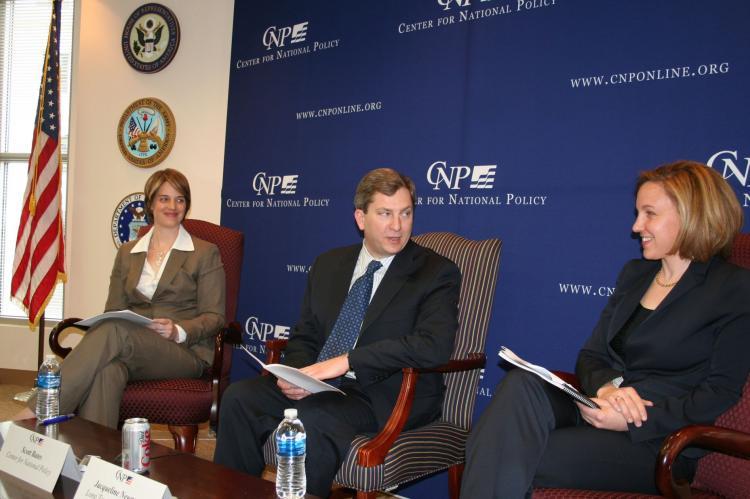
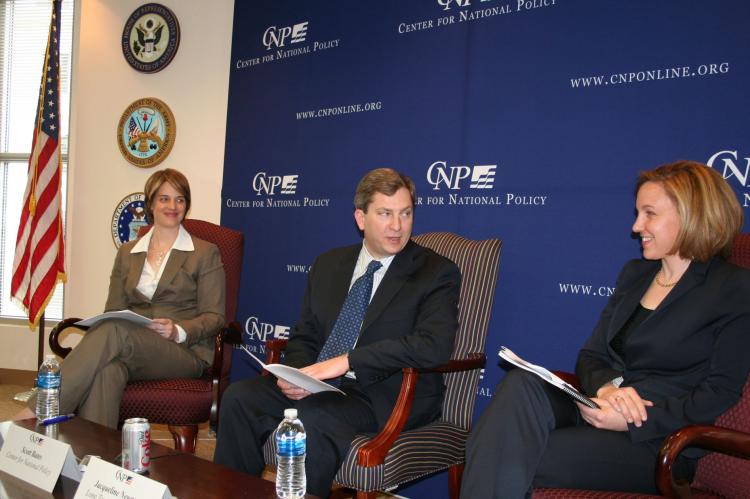
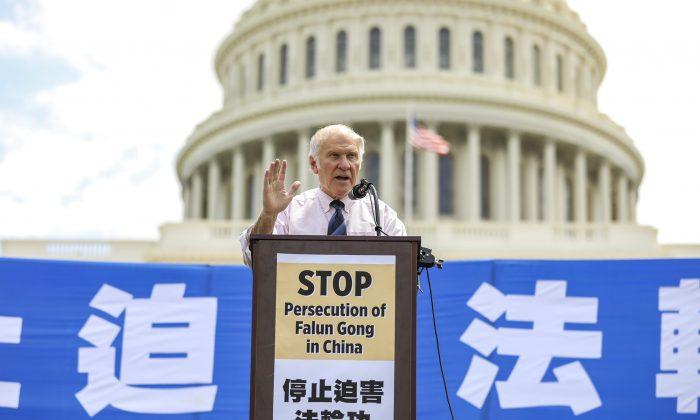
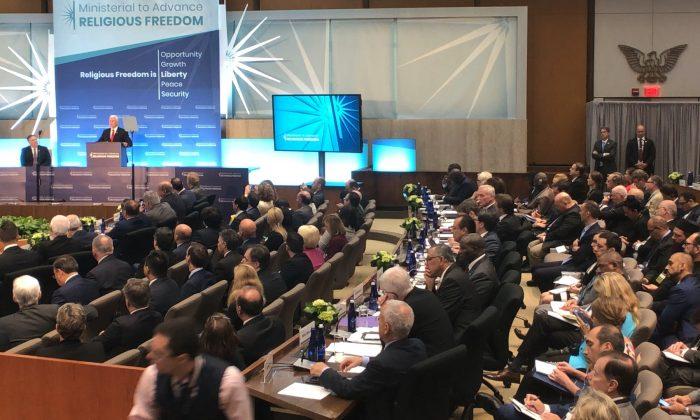
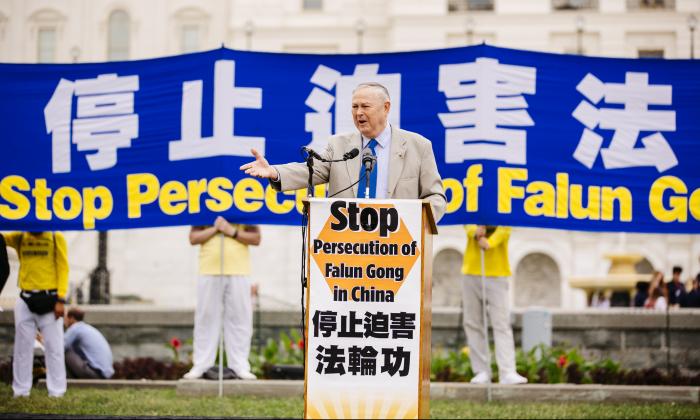

Friends Read Free